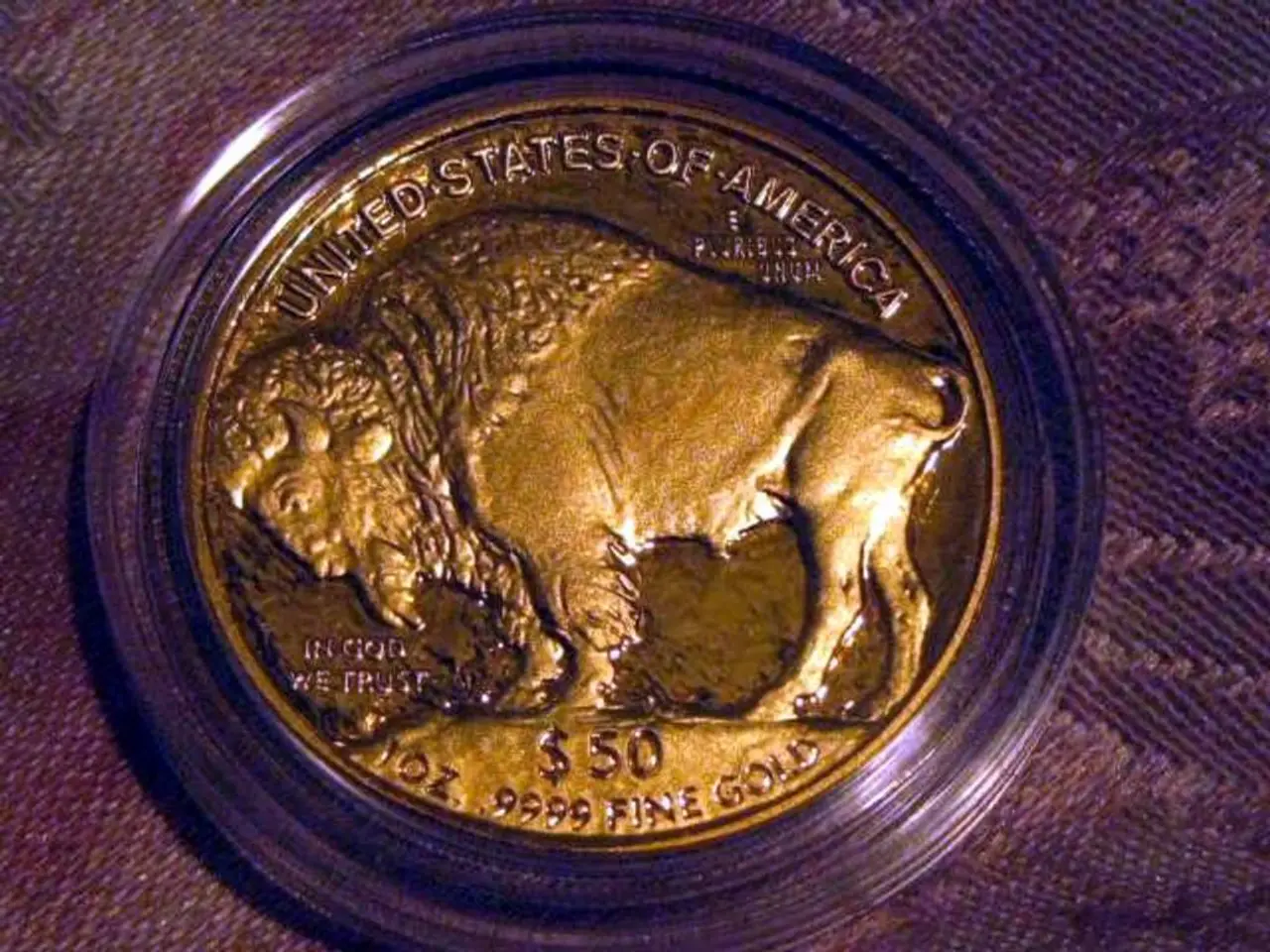US Federal Reserve Holds Steady on Interest Rates: Here's why!
Federal Reserve resists Trump's pressure, maintains interest rates unchanged
In today's economic landscape, the Federal Reserve (Fed) decided to maintain the benchmark interest rate in the United States, keeping it at a relatively high level between 4.25% and 4.50%. This decision contradicts the demands of US President Donald Trump, who has been pressuring for a rapid reduction in borrowing costs to further stimulate the economy.
The Significance of the Key Interest Rate
The key interest rate serves as the Fed's primary tool in achieving its primary objectives: keeping inflation under control and ensuring a robust job market. By setting the key interest rate, the Fed influences the borrowing cost for commercial banks, which in turn affects interest rates consumers and businesses pay on loans such as mortgages, car loans, and business financing. Lower interest rates could stimulate the economy by allowing more spending and cheaper investments.
Trump's Desire for Lower Rates and the Fed's Response
The US Federal Reserve operates independently, free from political interference regarding interest rate decisions. However, politics can't be entirely ignored - President Trump has been voicing his demand for lower interest rates for months. Despite Trump's constant criticism and personal attacks on Fed Chair Jerome Powell, the Fed remains committed to its decision-making process.
The Fed's Reasons for Keeping Rates Steady
- Economic Outlook: The Fed is satisfied with the current state of the economy, as the inflation rate is close to the target of 2%, and the labor market remains strong.
- Economic Uncertainty: Donald Trump’s tariff policies and geopolitical tensions, particularly with Iran and Israel, add a layer of uncertainty to the economic outlook. The Fed carefully assesses these factors before making any decisions.
- Rising Oil Prices: Escalating conflicts in the Middle East could lead to a surge in oil prices, negatively impacting the US economy. The Fed takes this development into account when deciding on interest rates.
The Updated Economic Outlook
The Fed's latest projections indicate a lower economic growth this year of 1.4%, revising its previous expectations downward. Additionally, the central bank anticipates a higher inflation rate of 3.0%.
In essence, the Federal Reserve keeps interest rates steady to balance economic growth and inflation, while closely monitoring labor market conditions, economic uncertainties, and geopolitical factors. The steady approach allows the Fed to adjust policy as necessary in response to incoming data, keeping prices stable and employment at optimal levels.
- The Fed's decision to maintain the interest rate, despite Trump's criticism, is a reflection of the importance of the central bank's independence in making financial decisions that influence the economy, business, and general-news sectors.
- Balancing economic growth and inflation is a significant aspect of the Fed's role, and this was demonstrated in their decision to keep the interest rate steady, considering factors like the current economic outlook, economic uncertainty due to political and geopolitical factors, and rising oil prices, all of which have implications for various sectors, including finance and business.






